11 SELF AMPUTEE ANIMALS THAT LIVE NEAR YOU
PICKS FOR YOU
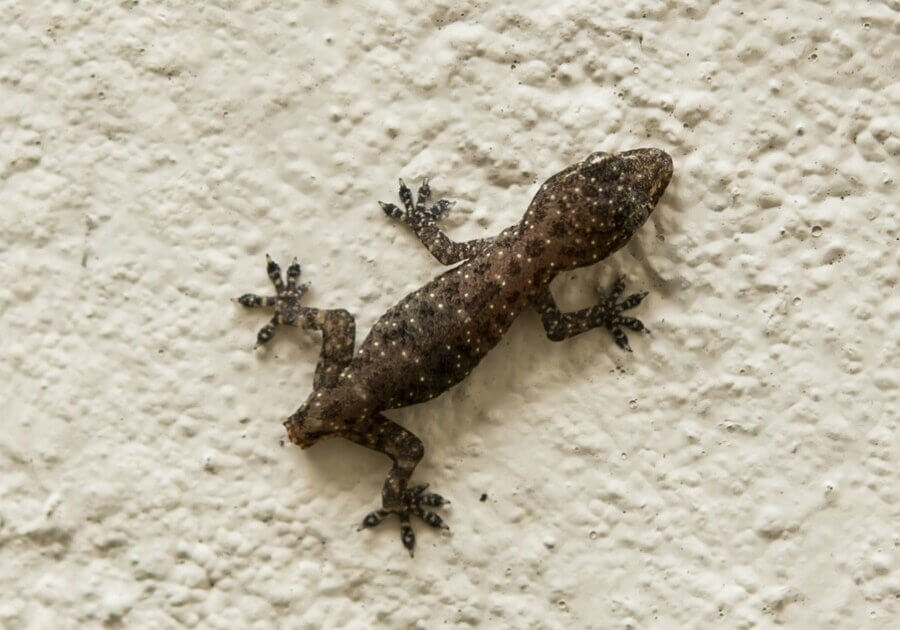
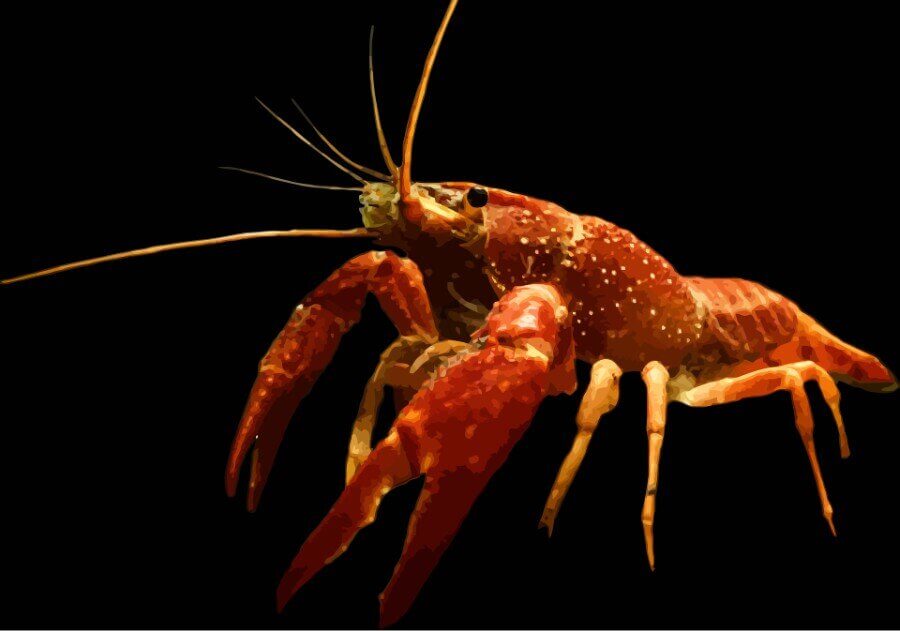
Some animals will not hesitate to self-amputate their legs, arms and even sex organs to survive. This phenomenon is rare among humans. Reported cases of self-amputation are rare, perhaps because excessive bleeding that can lead to death.
The scientific name for self-amputation is to autotomize. According to Zachary Emberts, a behavioral ecologist at the University of Florida, the ability to autotomize helps animals to survive when attacked. It is easier to recover when some animals lose a limb than to pull through an injury. According to Emberts, it just takes a few seconds to complete the operation.
For animals that practice self-amputation, the chances of infection are minimal, and blood loss is negligible. They recover from injuries in 24 to 48 hours, assisted by their immune system. Examples of situations that necessitate self-amputation include seizure by a predator, and an appendage sticking in something such as tree sap.
After a limb is shed off, it stays active for some seconds thrashing or crawling about to distract the predator and give the animal time to get away. The killer will maintain its grip on the limb or tail, but it will not be the real thing.
- Inky-eyed African spiny mouse— can shed its skin when under attack and grow it back immediately after that; it is the only mammal that can autotomize.
- Lizard—it has muscles that naturally pull apart where the tail attaches so that it can fall off quickly.
- Red sea slug (Chromodoris reticulate)—drops off its penis after sex. Fortunately, it possesses two spare ones.
- Squid—summersaults in the opposite direction and leaves the affected limb in the predator’s jaws.
- Spiders—some species leave their penises inside the females. The penises act as plugs, preventing other suitors from mating with her. Among other species, a male attracts a female spider by shedding off a limb and gives it to a prospective mate to eat.
- Starfish—drops an arm that eventually grows into another starfish.
- Salamanders—can grow back their appendages and organs such as the heart and eyes after losing them.
- Crabs and octopuses—can grow back parts of their body.
- Ananteris species of the scorpion—can shed off their tails when in danger, but they cannot grow them back. The rear contains half of their digestive tract and butt, meaning that dropping a tail is a death sentence. The good news is that scorpions without tails can live up to eight months and retain their ability to reproduce.
- True bugs (beaked Hemiptera)—can not regenerate body parts. They lose shed off parts for good.
- Crayfish—cuts off its arm to escape being boiled alive in a pan.
Sign up to learn about new articles!
Be the first to know when we post a new nuggets of wisdom on Zala Hub. Read exciting and educative articles about the natural world!
RECENT POSTS
What is unique about the gastric brooding frog?
WHAT IS UNIQUE ABOUT THE GASTRIC BROODING FROG? Big toad in the fields Field The way the Southern Gastric-brooding Frog…
Read MoreWhich animal feeds its young on its own unfertilized eggs?
WHICH ANIMAL FEEDS ITS YOUNG ON ITS UNFERTILIZED EGGS? Frankixalus Jerdonni (yellow belled frog) It is a frog called Frankixalus…
Read More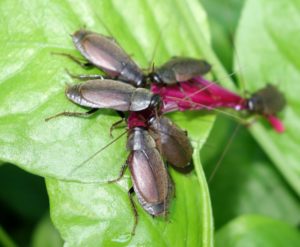
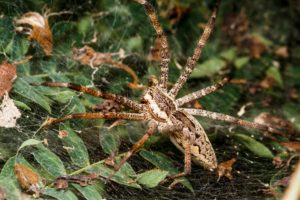
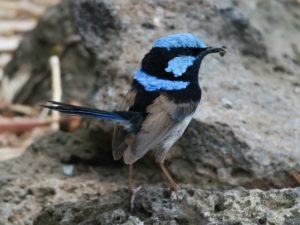

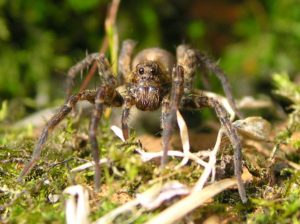

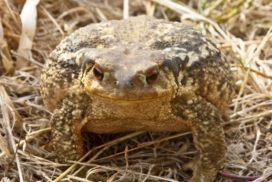
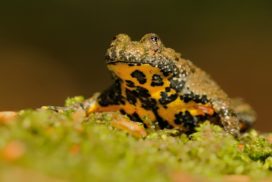
You made some good points there. I did a search on the issue and found most people will consent with your site.